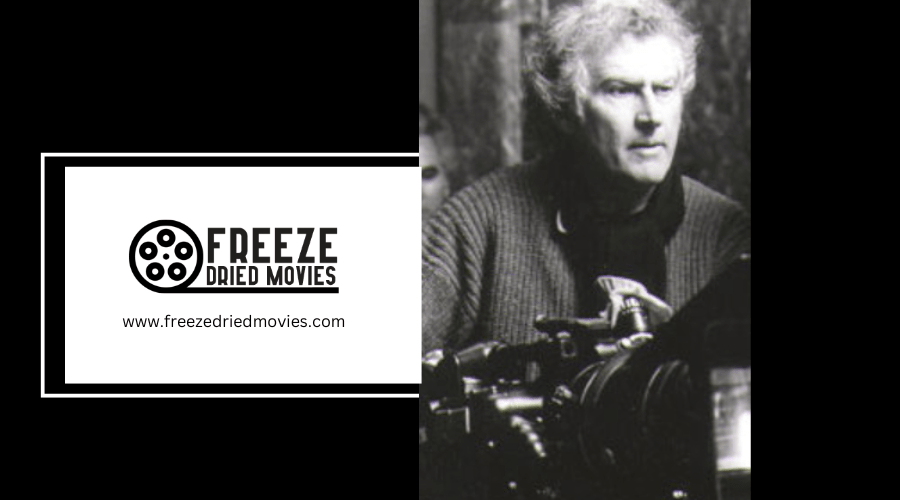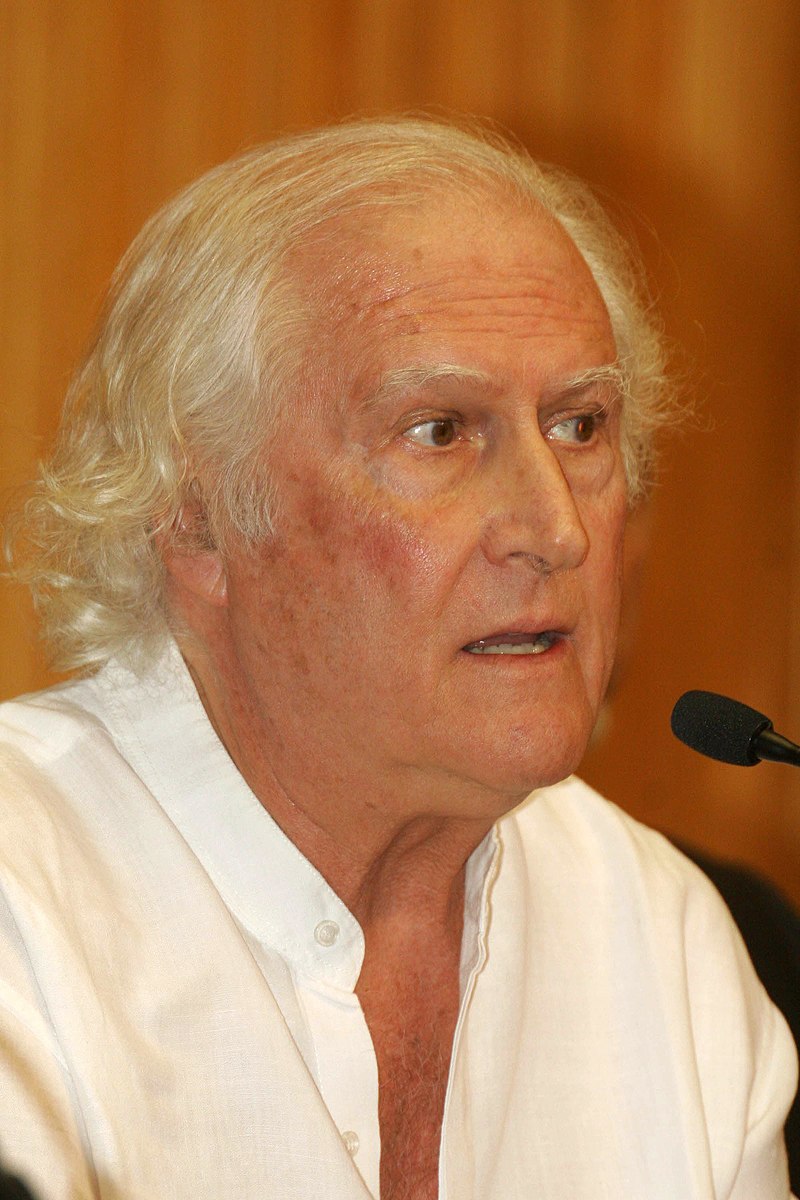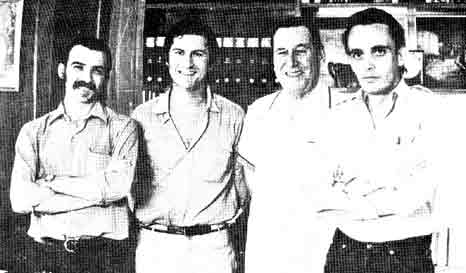A Glimpse Into Latin American Cinema of the 1960s

Latin American cinema of the 1960s revolutionized filmmaking with its bold rejection of Hollywood conventions. You'll find pioneering directors like Fernando Solanas and Tomás Gutiérrez Alea who crafted politically charged narratives using experimental techniques and documentary styles. They altered cinema into a powerful tool for social change, addressing inequality and anti-imperialism across the continent. The movement's radical approach to storytelling and its unique visual language continues to influence global cinema in ways you won't want to miss.
The Birth of New Latin American Cinema Movement
The New Latin American Cinema movement challenged traditional filmmaking through its radical political engagement and innovative techniques. You'll find pioneering filmmakers like Fernando Solanas and Octavio Getino from Argentina, Jorge Sanjinés from Bolivia, and Tomás Gutiérrez Alea from Cuba leading this alteration. They created Latin American films that broke away from commercial conventions, using cinema as a powerful tool for social change and political critique.
Similar to how complex moral dilemmas shaped Bollywood's storytelling evolution in the 1950s, these Latin American directors wove social commentary into their narratives. Though often viewed as a unified movement, the reality was more complex. Different national expressions, like Brazil's Cinema Novo, revealed unique approaches to political and artistic expression.
These filmmakers didn't just focus on overt political messages - they developed sophisticated formal techniques to challenge how audiences understood both cinema and modern society.
Political Climate and Cultural Revolution
How did Latin America's turbulent political terrain shape its revolutionary cinema?
You'll find the answer in the dramatic social and political upheaval of the 1960s, when the Cuban Revolution ignited a wave of anti-imperialist sentiment across Latin America. This revolutionary spirit transformed the region's film landscape, giving birth to what we now call New Latin American Cinema.
Filmmakers rejected Hollywood's commercial model and adopted "Third Cinema," a radical approach championed by theorists like Glauber Rocha and Fernando Solanas. They used documentaries and newsreels to expose social injustices and inspire change. Government-backed film institutes in Cuba, Chile, and Argentina supported this movement by funding politically conscious productions.
Much like French resistance filmmakers during WWII, Latin American directors employed symbolism and allegory to critique oppressive systems while avoiding censorship.
The result was a unique cinematic revolution that merged artistic expression with social activism, forever changing how Latin American stories were told on screen.
Key Filmmakers and Their Artistic Vision
During the revolutionary ferment of 1960s Latin America, a new generation of filmmakers emerged who redefined cinema's social purpose. You'll find Fernando Birri pioneering experimental montage in Tire dié to expose Argentina's social inequalities, while Tomás Gutiérrez Alea captured the nuances of revolutionary Cuba in Memorias del subdesarrollo.
Jorge Sanjinés broke new ground by amplifying indigenous voices through collective storytelling in Bolivia.
The collaborative work of Octavio Getino and Fernando Solanas gave birth to Third Cinema, a revolutionary film movement aimed at decolonization through their landmark film The Hour of the Furnaces. Meanwhile, María Luisa Bemberg challenged the male-dominated industry, bringing feminist standpoints to historical narratives in works like Camila, proving that Latin American cinema could tackle both political and gender-based struggles. These pioneering directors were deeply influenced by Marxist-Leninist ideologies that shaped their revolutionary approach to filmmaking.

Breaking Traditional Cinema Conventions
What set Latin American "New Cinema" apart was its radical departure from established filmmaking conventions. You'll find that these pioneering filmmakers deliberately subverted traditional genres and styles to create a distinctive national cinema that challenged audiences' expectations. In Argentine films like Fernando Birri's Tire dié, directors experimented with innovative montage techniques that went beyond typical political cinema approaches.
The new cinema movement wasn't just about political messaging - it revolutionized film production methods and storytelling techniques. While film history often focuses on the movement's political content, you'll uncover that these works employed complex formal mechanisms that deserve closer examination.
Beyond the commonly accepted narrative of a unified political movement, there's a rich fabric of lesser-known films waiting to be rediscovered, each offering unique formal and thematic contributions to Latin American cinema.
Social Commentary Through Film Language
The innovative language of Latin American cinema in the 1960s surpassed mere storytelling to become a powerful vehicle for social critique. You'll find that filmmakers like Fernando Solanas and Octavio Getino revolutionized film form by using documentary styles and experimental techniques to challenge established narratives.

The New Latin American Cinema movement didn't just document social issues - it actively engaged viewers as potential agents of social change. Through carefully crafted montages, strategic framing, and unconventional narrative structures, directors exposed the harsh realities of economic inequality and marginalization.
Political documentaries of this era weren't content with simply observing; they deliberately unsettled audiences by contradicting dominant discourses about development and progress. These filmmakers modified their craft into a language of resistance, using every frame to spark dialogue about social justice and systemic change.
The Impact of State Support and Censorship
Within the complex terrain of 1960s Latin American cinema, state involvement created both opportunities and barriers for filmmakers expressing social critique. During this transformative period, you'll find that the so-called New Latin American Cinema emerged amid a paradoxical landscape of state support and censorship. While governments provided funding to bolster their Film Industry, they simultaneously imposed restrictions on content.
Brazil's Cinema Novo exemplifies this fluid, as filmmakers of del Nuevo Cine Latinoamericano received state backing despite military dictatorship constraints. In contrast, Argentine Cinema, including works by Solanas and Octavio Getino, operated with less direct state support but faced similar censorship challenges.
This dual nature of government involvement - both nurturing and controlling - fundamentally shaped the aesthetic and thematic choices filmmakers made as they traversed between artistic freedom and institutional constraints.
Legacy and Global Influence
Lasting far beyond its regional origins, New Latin American Cinema's revolutionary approach to filmmaking in the 1960s reshaped global cinema culture. You'll find its influence in pioneering works like Tomás Gutiérrez Alea's "Memories of Underdevelopment" and the collaborative effort of Fernando Solanas and Octavio Getino in "The Hour of the Furnaces," which helped establish Third Cinema theory's anti-imperialist model.
The movement's impact spread worldwide as directors like Glauber Rocha and Pino Solanas pursued international careers, sharing their innovative techniques and political viewpoints with filmmakers across Africa and Asia. Today, you can see the movement's DNA in contemporary Latin American cinema, where directors continue to challenge conventional storytelling and engage with social issues, building upon their predecessors' experimental approaches and commitment to political consciousness.




